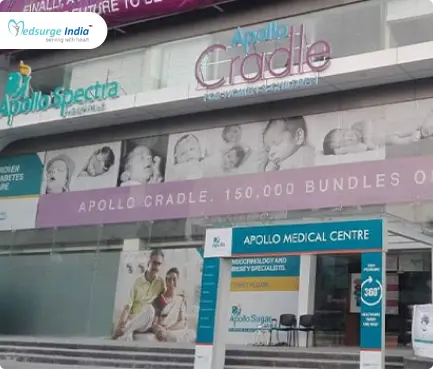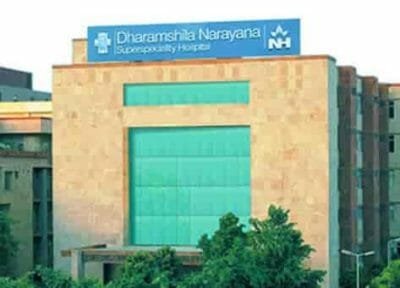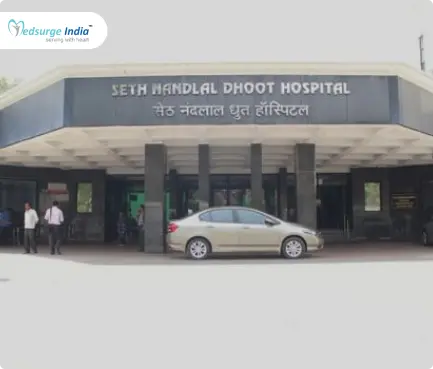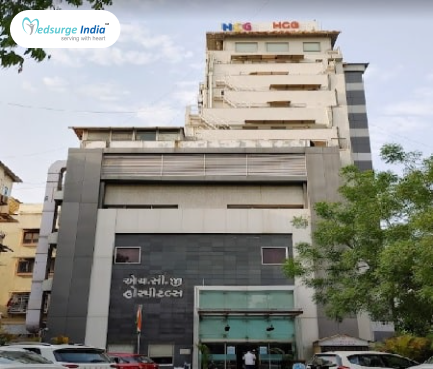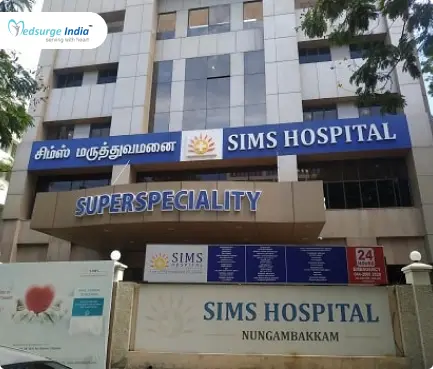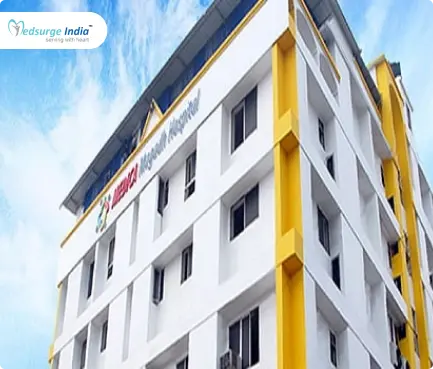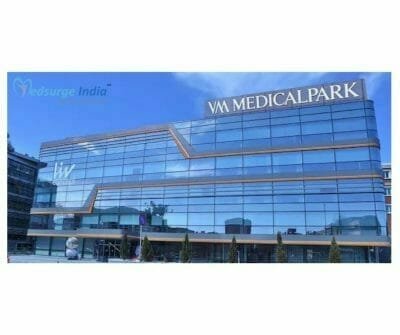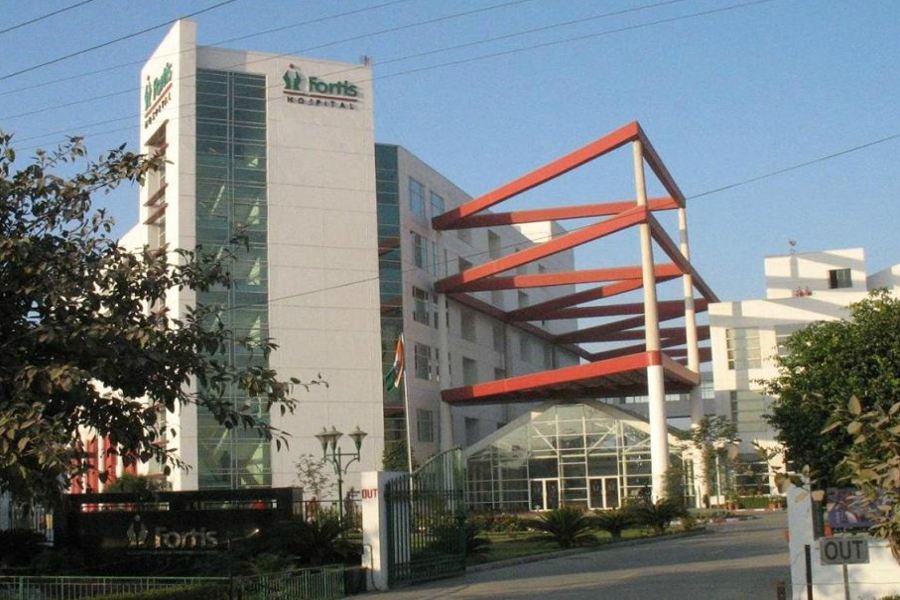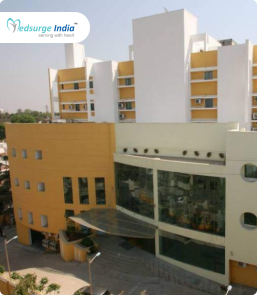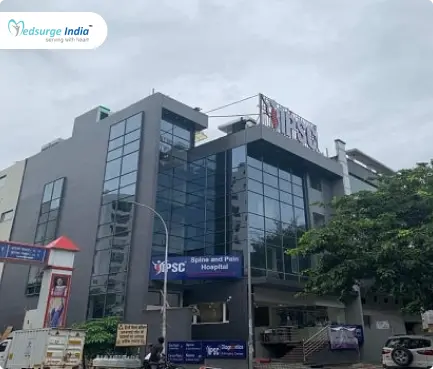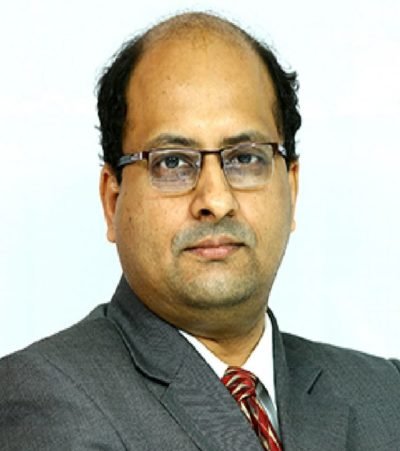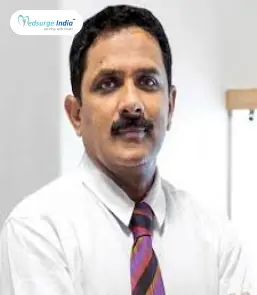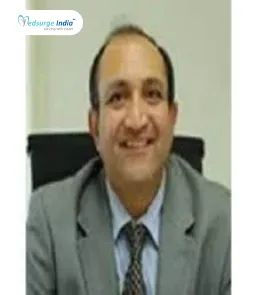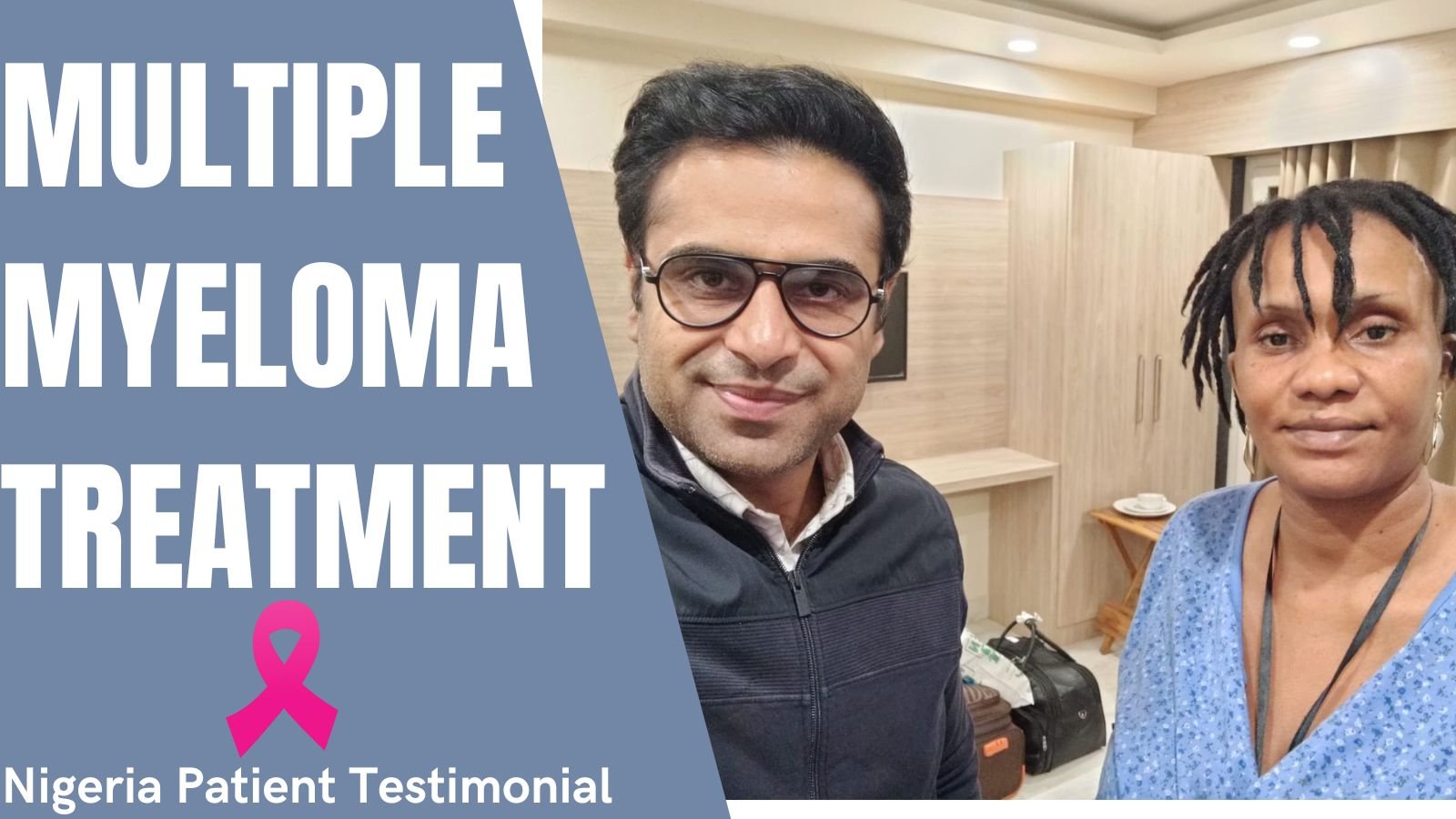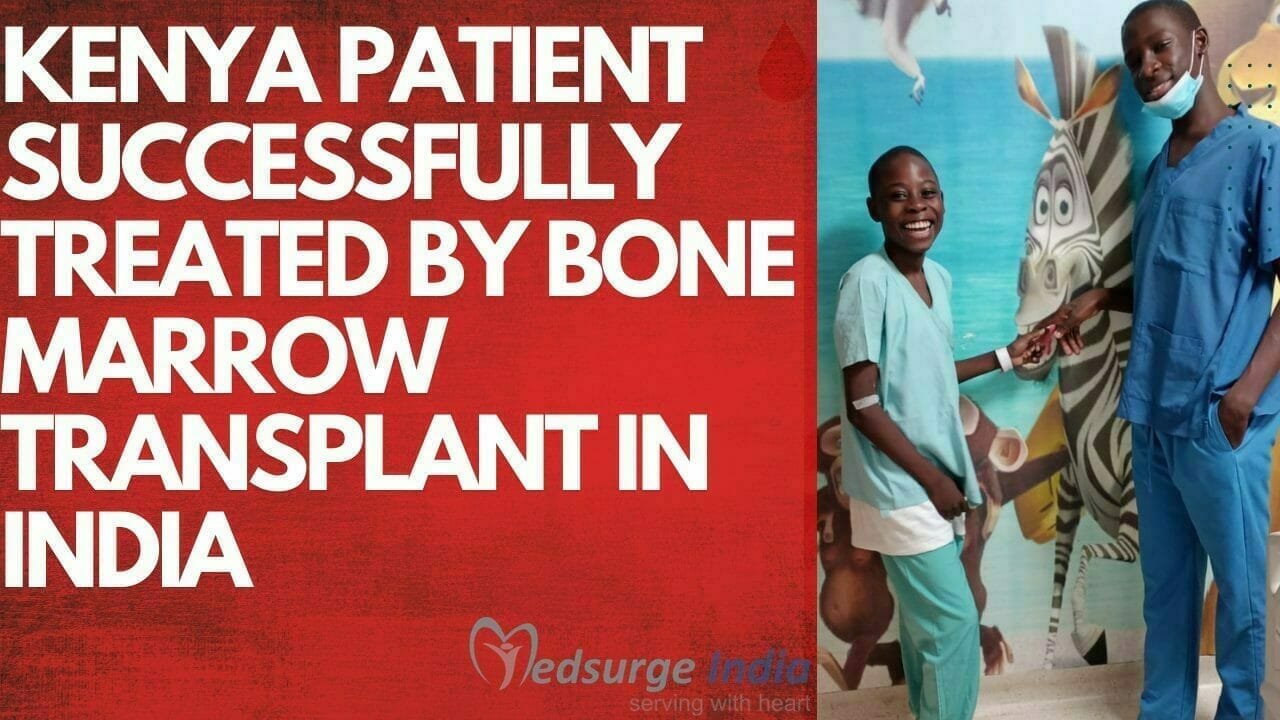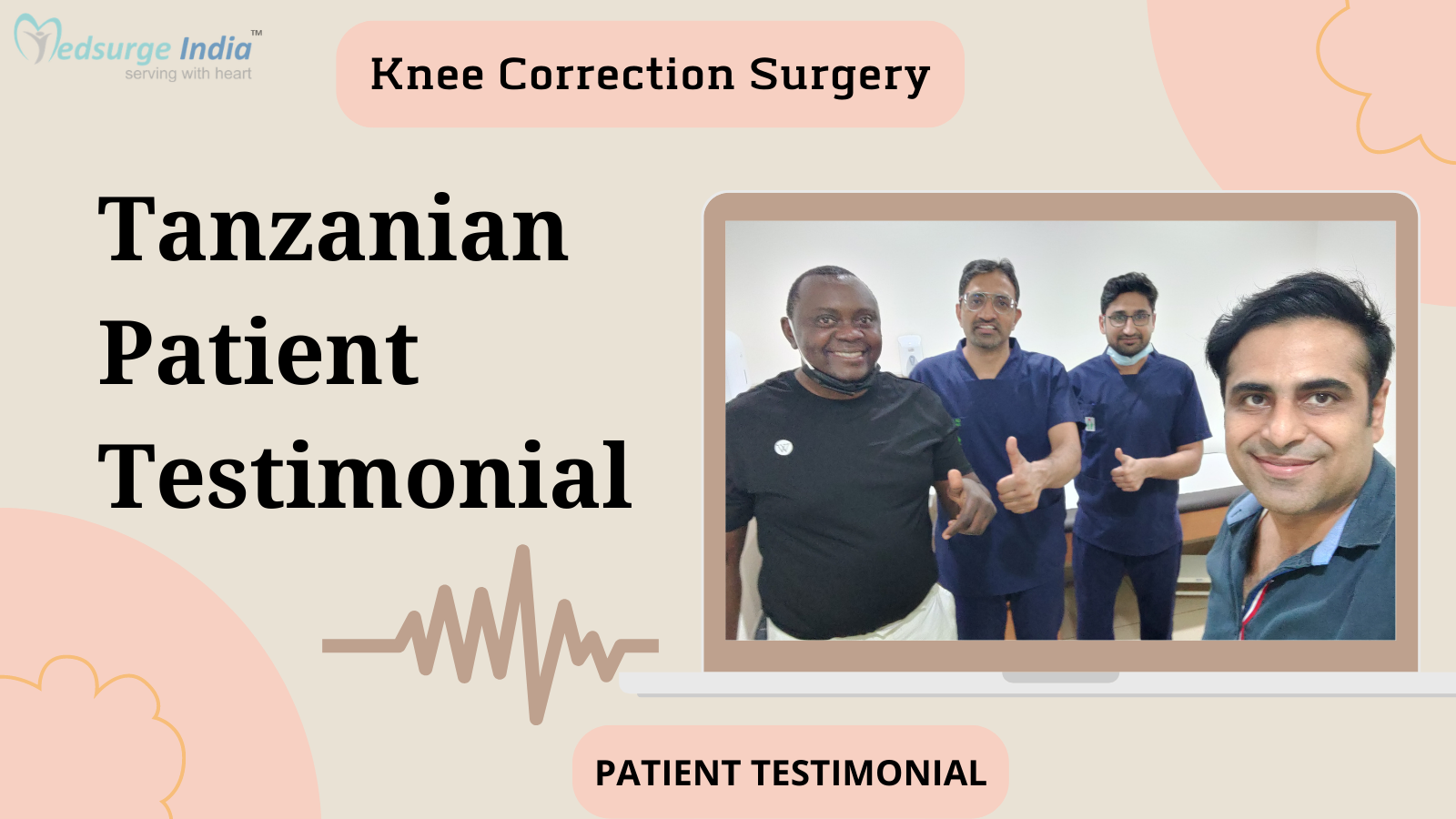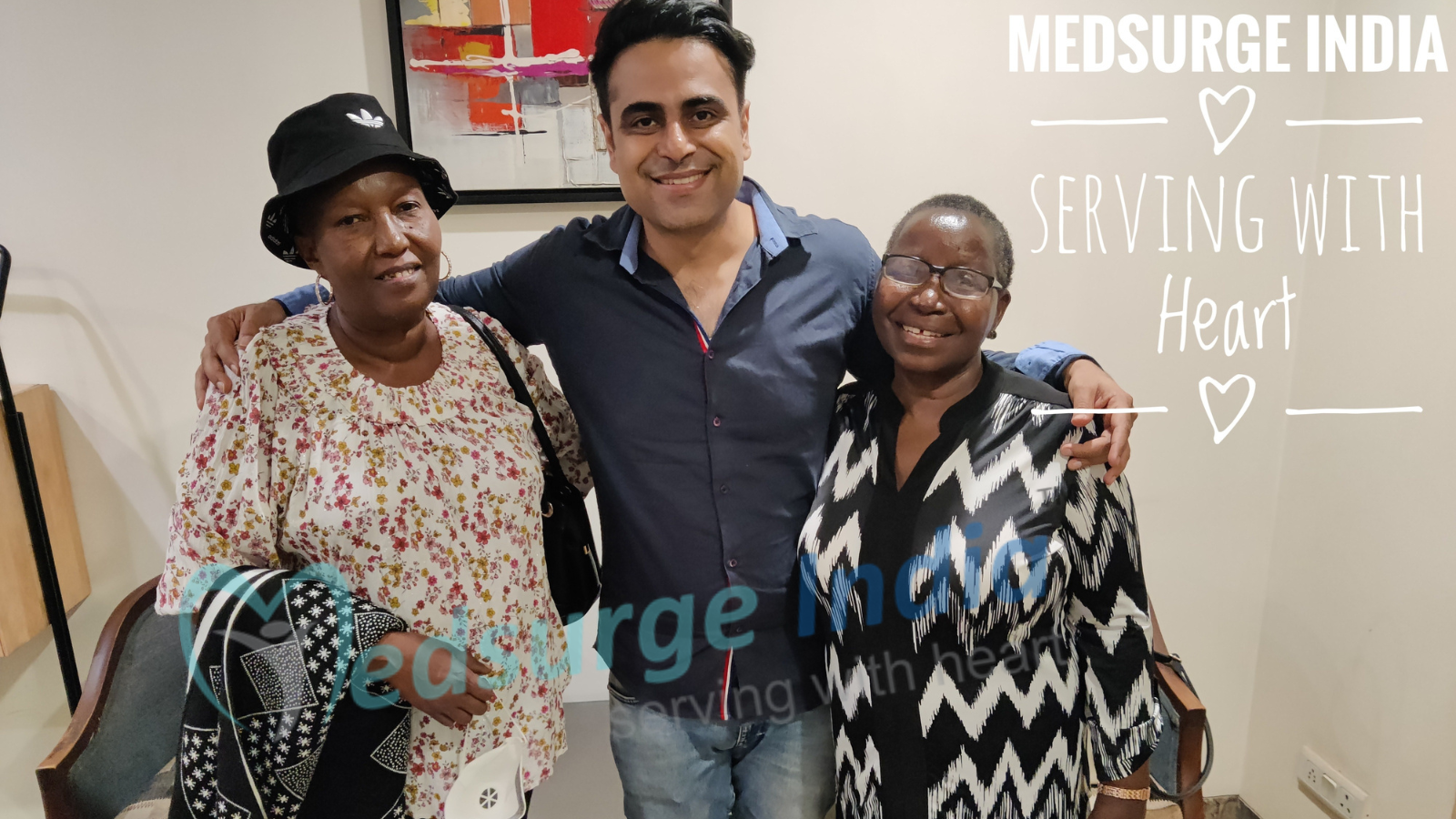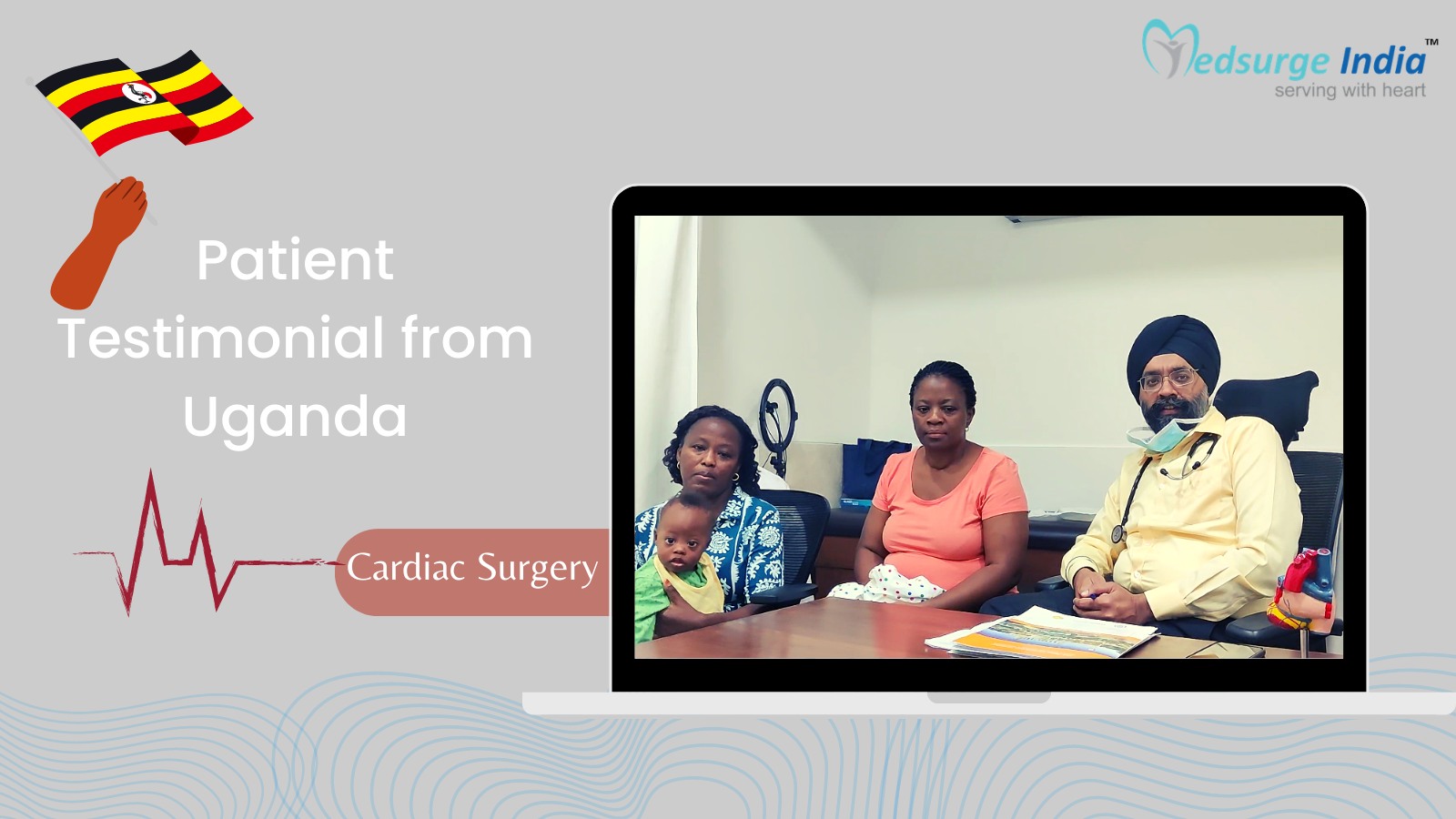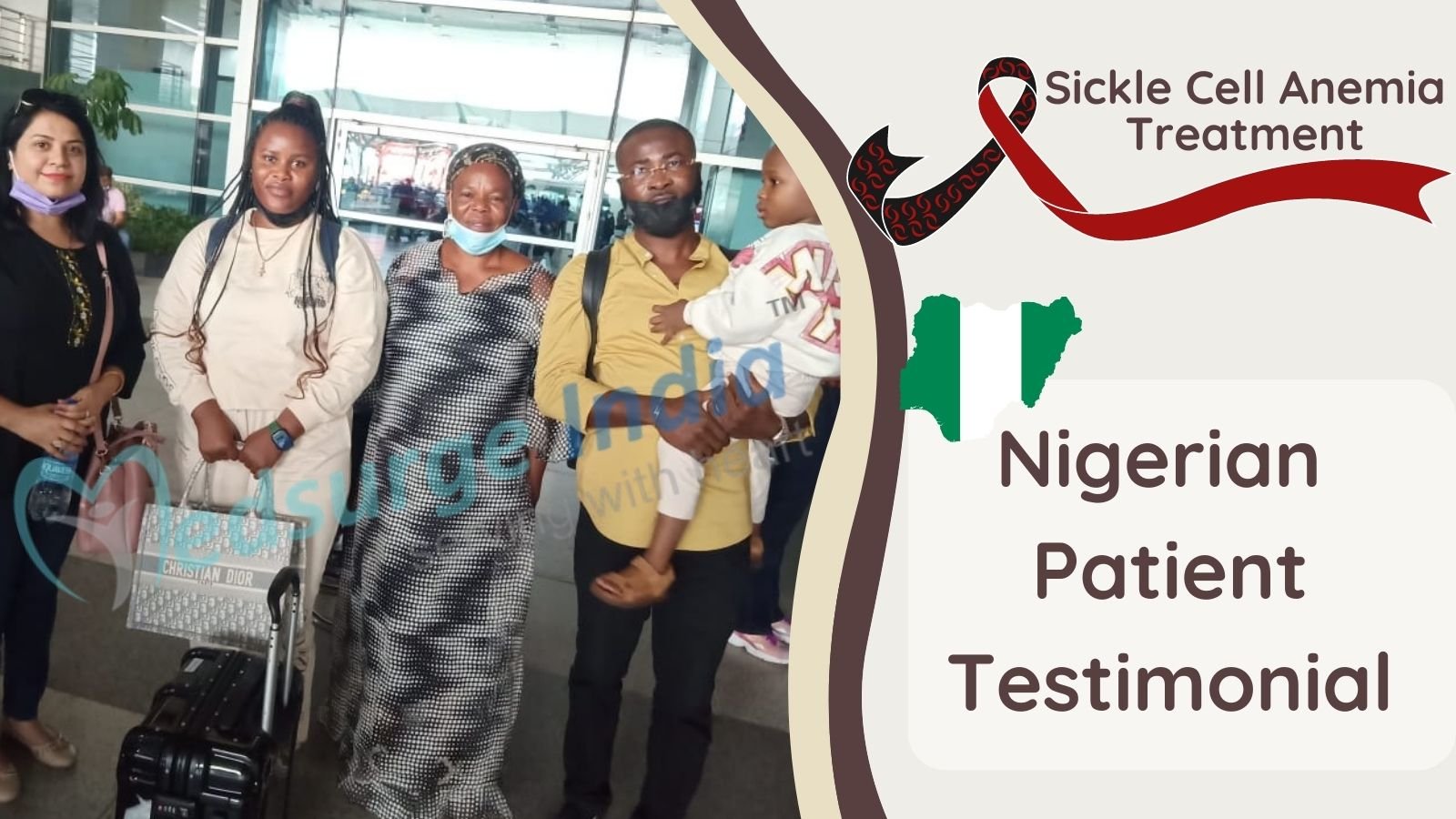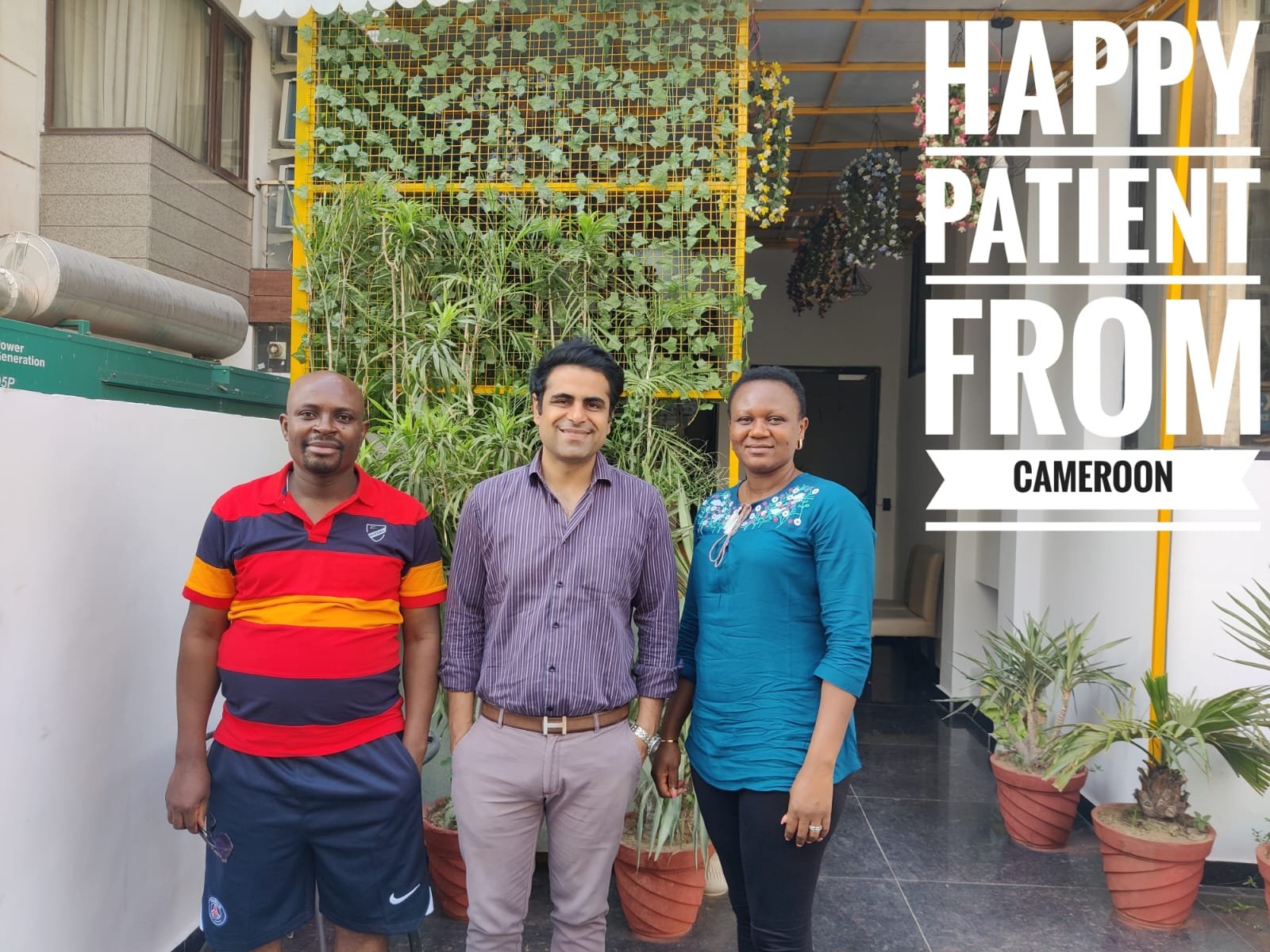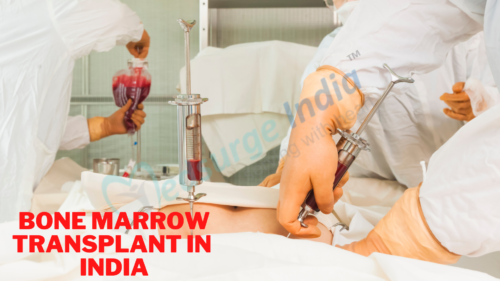
Elbow Replacement Surgery In India
The Elbow of a person is a very vital joint in the body. The movement of the entire arm is dependent upon the proper functioning of the Elbow. Any deformity or damage to the elbow joint can cause serious problems in terms of pain and disruption in the daily lives of the people. Rheumatoid arthritis, osteoarthritis, and fractures are major reasons for damage in the elbow region.
In many cases, a minor surgery like an osteotomy can help in the repair of the damaged bone and joint. Still, in cases where there is excessive damage to the joint, a replacement becomes necessary.
Get To Know About The Surgery Of Elbow Replacement
The procedure for elbow replacement is a very complicated one because; it has a lot of moving parts that work in coordination with each other with precision to move the forearm possible without any glitches.
During the process of elbow replacement, the surgeon will replace your Elbow with artificial implants made out of plastic and metal that is attached to the bones in the arms. The procedure is very similar to hip or knee replacement surgeries. One needs a highly experienced surgeon to carry this type of surgery due to the complexity involved in it.
Do you know that the Elbow comprises three bones comprising – the humerus in the upper arm and the radius and ulna in the forearm, The elbow replacement can be carried out depending upon what part of the Elbow or particularly in which bone in the joint is largely damaged or affected. In some cases, only one of the bones needs replacement, while in other cases, the entire joint comprising all three bones may need complete replacement. In the total substitution process, the harmed pieces of the humerus and ulna will be supplanted with counterfeit parts. The counterfeit joint consists of a plastic and a metal pivot and has two metal stems. The stems fit into the empty pieces of the bone called a canal.
Elbow Replacement Surgery Cost in India
Elbow Replacement Surgery Cost in India starts from 5000 USD. For Elbow Replacement Surgery Cost in India, the expenses are subject to variation based on the patient’s condition and the specific treatment approach chosen by the doctor following the results obtained.
Elbow Replacement Surgery Cost in Various Cities in India
| Cities | Starting Price |
| Delhi | USD 5000 |
| Gurgaon | USD 5000 |
| Noida | USD 5000 |
| Mumbai | USD 5200 |
| Hyderabad | USD 5000 |
| Chennai | USD 5100 |
| Kolkata | USD 5000 |
| Bangalore | USD 5400 |
Please note that the pricing and the treatment for Elbow Replacement Surgery cost in India will vary depending on the patient’s choice and other various factors.
Know More – Knee Replacement Surgery Cost in India
Get Free Cost Estimation
Procedure
The Types of Prosthetics Used in Surgery Are Mainly of Two Types
Linked – this type of prosthesis acts as loose hinges to the replaced parts of the bones, which keep the movements stable and connected. But more stressful movements or jerks may make the prosthesis lose itself in part from where it is inserted into the bone.
Unlinked – this type of prosthesis consists of two components that are not joined together. This is more prone to Dislocation since it depends upon the surrounding ligaments of the joints to hold it together. Major movements or jerks can pose a danger of Dislocation.
Recommended Video – Hip Replacement Surgery In India- Nigerian Patient Testimonial
Causes of Pain in the Elbow
Pain in Elbow can be due to various reasons. Since it is a vital joint of the body, it helps in the completion of various actions and also suffers a lot of wear and tear. The pain may emerge due to shock, accidents, and trauma to the joint. Also, certain diseases that cause degeneration of the joints are responsible for severe pain in this joint.
Injury of the joint can be a big reason for pain and damage to the bone. Events like falling over can result in Dislocation of the Elbow, a fracture to the Elbow, or can result in sprains and strains.
Wear and tear of the joint due to repeated actions can give rise to certain complications in the joint that may also cause pain in the elbows. These conditions are Bursitis, Tennis elbow or Golfer’s Elbow, Stress fractures, and stressed nerves.
Certain diseases can also cause pain in this joint. It may not necessarily be the only symptom of the disease, but these diseases do cause pain in the joints. These are Arthritis, Rheumatoid arthritis, Osteochondritis dissecans, Gout, Lupus, and Lyme disease.
The patient who is advised an elbow replacement surgery will have suffered a lot of pain due to the various reasons for which there was an operation required, the basic symptom of the pain will be, Inflammation, stiffness, limited elbow function or burning sensation or numbness in the hand arms or fingers.
The extent of damage in the joint can be diagnosed with the following medical tests –
- X-Ray
- MRI scan
- Arthrogram testing
- Blood tests
Only after a thorough examination will a doctor advise surgery or replacement of the entire joint to the patient. Though this kind of surgery is less common than knee and hip replacements, it becomes necessary because of the severe pain that a patient suffers and the limited movement of the joint owing to the discomfort.
The Procedure of the Surgery
Before the surgery, the patient will be thoroughly examined by an orthopedic surgeon. Many diagnostic tests will be performed. The medical history of the patient will be taken into the record, and any current medication of the patient will also be checked. If the patient has any medical condition such as heart disease, diabetes, or blood pressure, his doctor will evaluate him or her before surgery, and his overall health will also be taken into consideration. If the patient takes any particular medicine that can cause excessive bleeding during the surgery, he will be advised to stop taking them at least two weeks before the surgery.
The Surgery
To reach the joint, the surgeon will back an incision at the back of the Elbow. After making the incision, the surgeon can get access to the bone by gently moving the muscles aside. The scar tissues and spikes will be debrided around the joint, and the specialist will fix the humerus to fit the metallic piece that will switch that side of the joint. Similar planning is accomplished for the ulna.
The substitution stems are put into the humerus and ulna bones, individually, and kept set up with bone cement. A pivot pin interfaces the two stems. After the injury is shut, a cushioned dressing is then set to secure the entry point while it mends.
The specialists will put a transitory tube in the joint to deplete the careful liquid. This tube will be effectively evacuated in your emergency hospital room inside the initial scarcely any days after a medical procedure.
Post-Surgery
The hospitalization after surgery may extend between 2 and 4 days after the surgery. The patient will experience in the joint during normal healing. Medications and pain killers will be administered for the same. A physiotherapist will be appointed under whose observation you will be required to make a certain movement that will strengthen the joint. You must avoid putting pressure on the joint and avoid lifting heavy objects. The recovery may take 12 weeks after surgery or up to a year for the full normal function of the joint.
The Rough Cost of Elbow Replacement Surgery In India
The cost of Elbow Replacement Surgery in India is very nominal. It starts at about USD 5500 and extends up to USD 7000 for two people, the patient, and an attendee. The cost is inclusive of travel, hospital stay, medicines, follow up procedures, etc. The treatment requires a 2 – 4 days stay in hospital followed by another seven days of post-operational stay. That is a total of around 11 days of stay in India during the procedure. The stay may get extended due to unavoidable circumstances or any complications during the treatment.
Factors That Can Affect Elbow Replacement Surgery Cost in India
The following here are some variables that can affect Elbow Replacement Surgery Cost in India:
- Medication costs.
- Duration of treatment.
- Geographical location.
- Hospitalization expenses.
- Government policies and subsidies.
- Medical tourism packages.
- Hospital reputation and infrastructure.
- The expertise and experience of medical professionals.
- The type and frequency of diagnostic procedures.
- The choice of treatment modality.
In addition, the quality and level of medical care and facilities offered are on par with renowned healthcare institutions worldwide, even after factoring in the costs of accommodation, meals, and transportation. Moreover, under the guidance of highly proficient doctors, Medsurge India ensures that patients receive the most affordable Elbow Replacement Surgery Cost in India.
The Most Important Frequently Asked Questions
Q: Does the Replacement of the Elbow Would Affect My Arm?
A: From stabilizing your arm to giving rid of you the pain, elbow replacement surgery is all about restoring the normal functioning of your arms within a few months.
Q: What Are the Reasons Someone Requires Elbow Replacement Surgery?
A: If tenacious pain, injury – be it wear and tear is present, and you are occupied with the disease like rheumatoid arthritis or lupus, you would consult a specialist, and he will suggest to you accordingly what you have to do regarding the elbow replacement surgery.
Q: What the Things Included in the Elbow Surgery?
A: Nothing much only the replacement of damaged parts of the bones takes place with artificial joints.
Q: What Are the Materials Utilized as Prosthesis?
A: Materials like titanium and plastics constitute prosthesis.
Q: Do I Need to Be Concerned About the Material?
A: The material implanted in the elbow are non-toxic and non-reactive to your body so fret not! They are non-corrosive in nature.
Q: What Is the Duration of the Surgery?
A: The expected time is 2 to 3 hours – depending on the specialty of the doctors and the standard of the hospital.
Q: What If I Experience or Feel the Pain?
A: You won’t feel the pain because doctors give anesthesia during the surgery. However, chances are you will feel certain pain after the completion of the surgery to get to the state of normal healing. On the flip side, take a proper medical course to control the pain.
Q: What Is the Reason I Would Need Support?
A: Stability is the reason why you would require support from your arm.
Q: How Long Do I Need to Stay Under the Doctor’s Supervision?
A: Your stay in the hospital would be expected around 2 to 4 days.
Q: What If I Need a Physiotherapist?
A: Surely, you would require a physiotherapist so that you can know about the required exercises to add strokes of support and strength to your arms so that they function accordingly.
Q: What Is the Duration of the Recovery After the Surgery?
A: It depends upon person to person and treatment to treatment. However, the recovery takes 12 weeks to 365 days.
Q: Can I Drive a Vehicle?
A: After the proper course of medication and taking proper rest, yes, you can drive after 4 to 6 weeks of the surgery.
Q: Do I Need to Follow Any Home Care After the Surgery?
A: From avoiding heavy objects to placing the important things at your reach, you need to ask for the proper arrangements at your house so that you don’t need to move your hands much.
Q: What Is the Average Duration of the Elbow Replacement?
A: It depends on the treatment you seek. However, in the general case, it lasts up to 10 years.
Q: Can I Go for the Second Time for the Elbow Replacement Surgery?
A: Yes, you can. If required. Ask your doctor.
Q: What Is the Average Success Rate of the Surgery?
A: Hospitals in India provide a 90% success rate when it comes to elbow replacement surgery.
Q: What Are the Things I Need to Keep in Mind Before Traveling Via Air?
A: According to the advice of the orthopedic surgeon, you must wait for flight travel for 5 to 6 months after your surgery. Also, getting familiar with the airline health rule is a must before embarking on the airline. Plus, on metal detectors, you will need to carry a certificate the metal is detected.
Q: Do I Need an Oral Polio Vaccination Certificate?
A: Yes. All voyagers from Afghanistan, Pakistan, Kenya, Ethiopia, Nigeria, Somalia, and Israel must convey an Oral Polio Vaccination (OPV) Certificate which must be taken no sooner than about a month and a half before entry. This standard applies to the two grown-ups and kids.
Q: Is Getting a Visa on Arrival to India Easy for Medical Treatment?
A: YES!! Absolutely! Inhabitants from countries like Japan, Cambodia, Finland, Indonesia, Philippines, Luxembourg, Myanmar, New Zealand, Singapore, South Korea, Vietnam, and many other Asian or western destinations people can travel for medical treatment to India with visa on arrival policy.
Q: What Are the Acceptability of Traveling to India for Medical Treatment?
A: An: If you have a legitimate identification and visa and are looking for clinical treatment in a perceived and presumed emergency clinic in India, at that point, you can apply for a hospital visa to India. Up to 2 specialists who are blood family members can go with the patient under discrete attendant visas.
Top Hospitals for Elbow Replacement Surgery in India
Top Doctors for Orthopedics
Dr. Kaushik Sarkar
Experience: 30+ years of experience
NH Rabindranath Tagore International Institute of Cardiac Sciences, Kolkata
Kolkata, India
Dr. Abhirup Maulik
Senior Consultant
Experience: 21 years of experience
AMRI Hospitals, Southern Avenue
Kolkata, India
Dr. (Col.) Saumitra Sircar
Consultant
Experience: 33 years of experience
Medica Superspecialty Hospital
Kolkata, India
Dr. Venugopal N
Senior Consultant
Experience: 21
Manipal Hospital Millers Road formerly Vikram Hospital Bangalore
Dr. Anirban Chatterjee
Senior Consultant
Experience: 15 years of experience
Medica Superspecialty Hospital
Kolkata, India
Dr. B. Mohapatra
Senior Consultant
Experience: 28 Years
Indian Spinal Injuries Center, New Delhi
New Delhi, India
Dr. Vinay Gupta
Consultant
Experience: 40 years of experience
Saroj Super Speciality Hospital
New Delhi, India
Dr. Subhankar Mukherjee
Consultant
Experience: 10 years of experience
Calcutta Medical Research Institute, Kolkata
Kolkata, India
Dr. Kesavan Rajagopalan Amruthur
Senior Consultant , MS, MBBS
Experience: 25 years of experience
Global Hospitals, Chennai
Chennai , India
Dr. Rajashekhar KT
Consultant
Experience: 18 years of experience
Fortis Hospital, Bangalore (Bannerghatta Road)
Bangalore, India
Dr. Ravindra Puttaswamaiah
Consultant
Experience: 22 years of experience
Sparsh Hospital (Yeshwanthpur) Bangalore
Bangalore, India
Dr. P Sharat Kumar
Consultant
Experience: 31 years of experience
Apollo Medical Centre, Kondapur
Hyderabad, India
Dr. Gautam Kodikal
Senior Consultant
Experience: 35
Apollo Cradle & Children’s Hospital, Koramangala
Dr. Krishnamoorthy K
Consultant , DNB, Diploma, MBBS
Experience: 25 years of experience
Apollo Hospitals, Greams Road, Chennai
Chennai , India
Dr. Amit Chaudhry
Consultant DNB, MBBS
Experience: 10 years of experience
Fortis Memorial Research Institute, Gurgaon
Gurgaon, India
Dr. Chinmay Nath
Senior Consultant
Experience: 28+ years of experience
Narayana Multispeciality Hospital, Barasat, Kolkata
Kolkata, India

